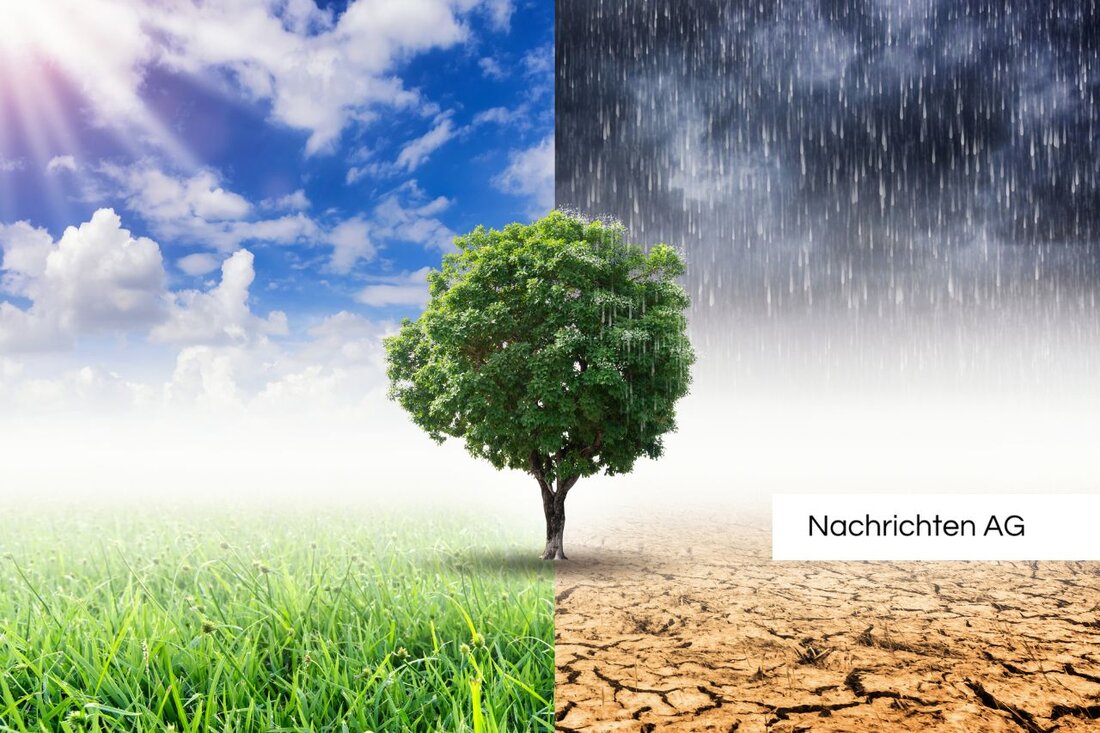Future vision: Munich Labor inspires young people about green energies!
TUM is developing a laboratory for sustainable energy systems to get children excited about renewable energies and to make technical applications tangible.

Future vision: Munich Labor inspires young people about green energies!
The Technical University of Munich (TUM) plays a leading role in the development of sustainable energy systems. A new research group has set up a laboratory with the aim of getting children and young people excited about the challenges of the energy transition. TUM reports that students can observe the energy consumption of household appliances in real time in the laboratory. This is done with the aim of making technology and sustainable energy systems tangible and bringing practical applications closer to young people.
Prof. Thomas Hamacher, one of the leaders of the initiative, emphasizes that overcoming the global challenges surrounding the creation of a sustainable world represents an overarching responsibility. The laboratory is explicitly aimed at a young target group in order to introduce them to the world of renewable energies and understand their importance for the future.
Renewable energies and their challenges
The urgency to rethink traditional energy systems stems from increasing concerns about environmental change and anthropogenic climate change. The knowledge is analyzed that renewable energy technologies are based on natural resources such as sunlight, wind, rain and geothermal heat. Their potential lies not only in reducing greenhouse gas emissions, but also in minimizing dependence on fossil fuels and securing energy supplies.
The efficiency of renewable energy sources is a central point in the scientific discussion. Solar systems can achieve efficiencies of over 20% in sunny areas, while modern wind turbines achieve up to 50% efficiency. However, hydropower, known for its high efficiency of 70-90%, faces challenges from environmental and social impacts of large dams. The efficiency of biomass and geothermal energy varies greatly depending on technology and location.
Technological advances and increased efficiency
Technological innovations are crucial for the future of energy supply. The knowledge explains that advances in solar cell technology, such as the development of perovskite solar cells, can lead to higher levels of efficiency and cost reductions. Wind energy has also benefited from improved turbine designs and offshore technologies. The integration of smart networks and innovative storage solutions, such as lithium-ion or redox flow batteries, is essential for the efficiency and availability of renewable energies.
In addition, the increasing use of renewable energy sources also requires regulatory adjustments and the modernization of existing infrastructure. Smart grids enable efficient distribution of energy and contribute to grid stability, while technological advances further improve the cost-effectiveness of renewable technologies.
In conclusion, success in renewable energy depends not only on technological innovation, but also on a long-term and strategic approach to combating climate change. Collaboration between the private sector, government institutions and science is considered essential to mastering the challenges of the future and ensuring a sustainable energy supply.

 Suche
Suche
 Mein Konto
Mein Konto